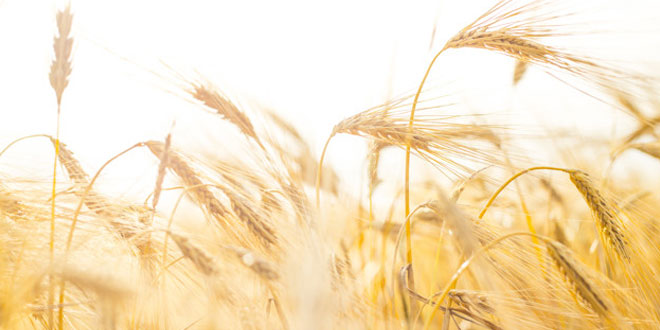Question: Write a paragraph in your own words on each of the following: Preparation of soil, Sowing, Weeding, Threshing.
Answer: Preparation of soil: The first step of cultivation is preparation of soil. This is done by loosening and turning. A plough is used for this purpose. If the soil becomes too hard then farmer may resort to watering the soil before ploughing. Traditionally, animal-drawn ploughs have been used by farmers. Now-a-days, tractor-drawn ploughs are used for this purpose. A tractor helps in saving time and labour.
Sowing: Seeds are sown in the field after ploughing. A farmer needs to separate damaged seeds from good seeds. The seeds should be sown at proper gaps and at proper depth. Proper gap between seeds and proper depth in soil ensures adequate sunlight, moisture, air and nutrients to the growing plants.
Weeding: Removal of weeds is called weeding. Weeding is usually done manually or by using a trowel. Weeds are also removed during ploughing. Weedicides are the chemicals which destroy weeds. 2, 4 – D is an example of weedicide. Weedicides are sprayed before flowering and seeding in weeds. A farmer needs to take precautions to prevent any harm from weedicide.
Threshing: Separation of grains from harvested crop is called threshing. Threshing is done by threshing machine or by cattle. Cattle are tied in a series around a pole. Harvested crop is spread around the pole. Animals are made to trample the harvested crop. It helps in separating the grains from the harvested crop.
Question: Explain how fertilizers are different from manure.
Answer: The difference is as follows:
Question: What is irrigation? Describe two methods of irrigation which conserve water.
Answer: Plants need plenty of water to grow. Farmers need to supply water to crops at regular intervals. This practice is called irrigation. Two methods of irrigation which conserve water are as follows:
Sprinkler System: The sprinkler system is composed of a series of pipelines. Vertical sprinklers are fitted at suitable gaps on the pipes. Water is pushed through the pipes with the help of a pump. The nozzle of the sprinkler keeps on rotating. It results in a jet of water being sprinkled on plants. Sprinkler system is ideal for irrigation on uneven land.
Drip Irrigation: In this system, pipes are laid near the base and along the queue of plants. The pipes have small holes at frequent gaps. The holes facilitate gradual dripping of water on the base of plants. This method is ideal for areas which are suffering from shortage of water.
Question: If wheat is sown in the kharif season, what would happen? Discuss.
Answer: Crop of wheat requires moderate temperature, moderate amount of water and a long period of frost-free days. If wheat is grown in kharif season it may not grow properly because of very high temperature. Some of the plants may also get damaged due to flooding. This will result in poor yield.
Question: Explain how soil gets affected by the continuous plantation of crops in a field.
Answer: We know that plants take nutrients from soil and thus exhaust the soil of most of the nutrients with passage of time. Thus, continuous plantation of crops in the field results in loss of fertility for the soil. The soil may become infertile in the long run.
 Class Notes NCERT Solutions for CBSE Students
Class Notes NCERT Solutions for CBSE Students



its really helpful for student nice idea… thanks 2classnotes
Great Question & Answers for students like me. Thanks 2Classnotes!